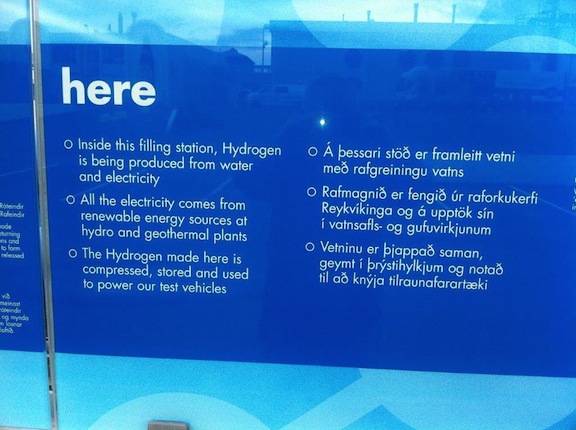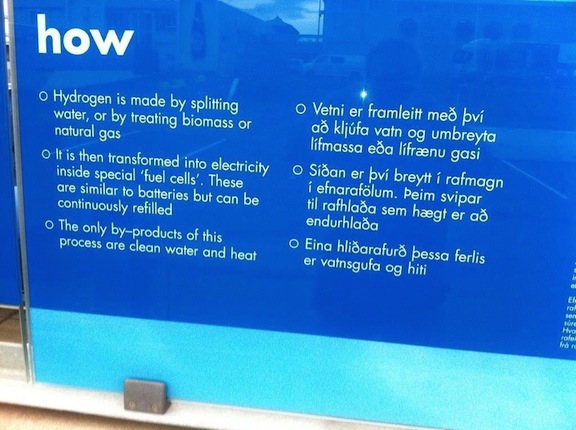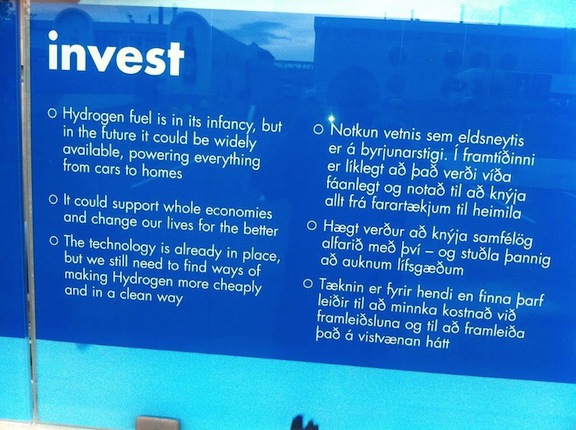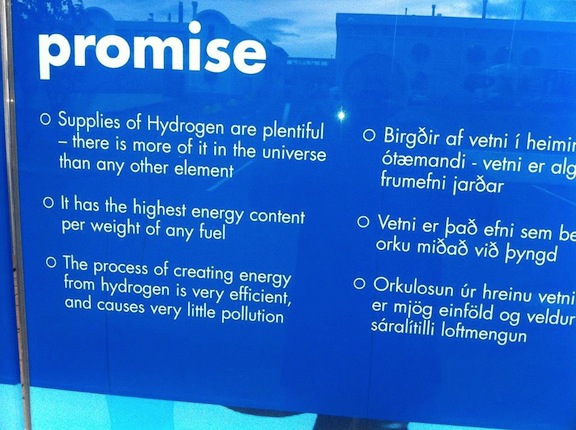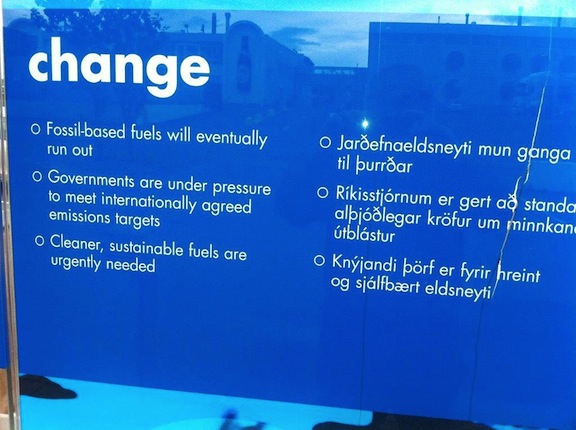Richard Ha writes:
The online site Peak-oil.org has an interesting write-up about natural gas and essentially points out that its high decline rate will make the recent spike in natural gas relatively short-lived.
U.S. LNG exports: What Would Randy Udall Say?
There has been considerable talk in the US of late about not only future energy exports but even about using an “energy weapon” against Russia. While that might be nice, it’s wishful thinking.
An energy commentator who thought in depth about the US’s energy policy back-story and the myth of oil independence was Randy Udall, who passed away suddenly in late June last year.
On March 21, 2013, during one of his last presentations, Randy delivered some remarks, accompanying a set of power-point slides, which provide the type of cautionary background that Washington insiders—including his brother Senator Mark Udall and cousin Senator Tom Udall—should heed.
His complete remarks, now posted on YouTube, were recently transcribed by Steve Andrews; key points are listed below. The first remark about natural gas exports is actually a response to a question from the audience; the remainder is from his loosely scripted remarks.
- This meme that we’ve got a 100-year supply of natural gas started at the Colorado School of Mines. They have a volunteer group there called the Potential Gas Committee, but the Potential Gas Committee is not looking at proven reserves; they’re looking at how much carbon might there be in 5000 feet of the Mancos shale.
- I look around and I start running the numbers. You know how much we’ve produced in this part of the world, in Weld County and Larimer County and the DJ Basin and the Wattenberg field we’ve been drilling for 80 years? Now, this field is primarily an oil field. But in that 80-year period of time we’ve produced enough natural gas to run the US for four months.
- In the Powder River Basin, with those 25,000 natural gas wells, we’ve produced enough natural gas to run the US for four or five months. When you look into it, there are only about six natural gas plays that are of any size; they’re dominated by three or four of the big ones—the Marcellus in Pennsylvania…maybe it will end up supplying five years’ of US gas demand over the next 60 or 70 years….
This next video—of Randy Udall speaking at the Colorado Renewable Energy Society meeting in 2013—shows what it looks like down there where we are fracking for oil and gas; it shows how the world looked millions of years ago when the oil and gas was forming. Ingenious human beings. This is a very good video if you are interested in this topic.
It’s also very interesting to see how ingenious the oil and gas industry folks are as they developed the technology that resulted in fracking. It’s incredible. But, as Nate Hagens points out, after shale oil and gas, it’s all gone. There’s no more. (I wrote about the global resource depletion authority Nate Hagens, his visit to our farm earlier this year, and his reactions to what we’re doing there.)
But, for us here in Hawai‘i, we can do what Iceland did. With cheap electricity, they make hydrogen on site and they have a hydrogen refueling station. I went over there and looked at it myself. The cars are rolling out now. They are eighty percent green and they will be ninety percent fossil free. We can do the same here with our curtailed and otherwise unused electricity.
We could also create a mini-ammonia processing plant. We really have a lot of interesting and real possibilities.
Leslie Lang, who helps me with this blog, and I were talking about this, and the importance of respecting the past while planning for the future, and she told me about a field trip her daughter took in fourth grade at Kamehameha Schools.
The theme was “Preservation vs. Progress,” and she went along to chaperone. She shared with me something she wrote about it at the time and I asked her if I could include some of her words here, because it really makes the point well that we must honor the past but lead the way into the future. I’m glad they are teaching that to our kids.
Unlike in the old days, when we followed the teachings of the missionaries,today and tomorrow our kids need to be the ones leading the direction based on a healthy respect for our history.
(Note too that we cannot just blindly follow what the folks in the cold country are doing, either. This is not cold country. Some things apply and some things don’t.)
From Leslie, on the fourth grade “Preservation vs. Progress” field trip she accompanied:
The teachers did a great job of talking about the importance of preserving our past, our wahi pana (sacred places), as well as how progress brings what is sometimes necessary change, and how we have to balance those things. We saw this first at Pu‘ukohola Heiau in Kawaihae.
Kamehameha was told that if he built a heiau at that site, he would be able to unite the very divided islands. The ranger explained that if you traveled from Kea‘au (where the school is) to Kawaihae (where the heiau is) in the old days, you’d travel through several different chiefdoms, many of which would be at war with each other. It would be dangerous and difficult. Those wars lasted for 500 years.
He talked about how the heiau was built, and had the kids try to lift a relatively small rock compared to some of the rocks in the heiau. Some of these kids could, and many couldn’t.
The heiau was so important to Kamehameha, who believed he would receive the gods’ mana upon building it, that this happened: His younger brother was to be its kahu (priest), and he told the brother not to touch any of the rocks. But the brother did, he pitched in to help, and Kamehameha saw. He was worried about that disturbing the mana that he took the rocks his brother touched out in a wa‘a, a canoe, and went far out into the ocean and dumped them.
The rocks that make up Pu‘ukohola all came from Pololu Valley, about 25 miles away. They were passed hand to hand along a very long human chain of men. We know this because occasionally a rock was dropped, and then it was not used in the heiau so it was left where it lay. There is still a rough path of large pohaku, rocks, lining the route from Pololu to Pu‘ukohola.
Just off Pu‘ukohola there used to an island called Puaka‘ilima, we learned. It was significant because the ‘ilima flower grew all over that island, and that’s a flower that is cherished for leimaking (and you need hundreds of blossoms to make one lei).
That treasured island was destroyed, blown up, when the state decided it needed to dredge the harbor so big ships could come in with food and supplies.
Here was the point of that day’s lesson. Progress = change. We have all these people here and are not producing enough food on our own anymore, so we need ships to bring in enough food for us all to eat. That’s why they had to destroy the island. In this case, progress and preservation were at odds.
Was this the only way to solve that problem? asked the kumu (teacher). I don’t know, she said. Was it the best decision? I don’t know, she said. I don’t know all the details.
“But some day it is going to be you children making these decisions. You are going to have to weigh preservation vs. change.” You have to know about the past and the present to make good decisions about the future, she told them.
Then we went to Kona, to the King Kamehameha Hotel. This is a touristy spot—but just at the back of the hotel is a very important historical place called Kamakahonu. Ahu‘ena Heiau is there, and that’s where Kamehameha died. It was both the end of the story we had been hearing of his life, and another demonstration of preservation vs. progress.
Before we got there, the kumu looked hard at the kids and talked to them for quite a long time about how we are not going there for the hotel, or to look at all the guests, or to talk about the pool. We were not going there to play.
“There’s nothing wrong with that,” she said. “I like this hotel. It’s where I stay when I come to Kona. But that’s not what we are here for today.” She told them they were there to respect and learn about the heiau.
Again she talked to them about focusing, and she told them this was going to be the hardest place of all to focus because of all the stuff, the playing, going on all around us. But she told them they needed to do so, to focus, to chant with their attention in the right place.
When they’d been at the Pololu overlook, they’d had this same reminder. When they were done there with their chants and their song about the place, tourists all around us broke into applause. Of course the tourists didn’t know, but it felt inappropriate because although, yes, these kids sound good, they were not entertaining. They were facing the valley and the ocean, not the people, and were paying their respects.
And when that applause broke out, not one kid looked around, like they would have if it had been a concert for fun. They kept their focus and their attention. It was very interesting to see and not a little impressive.
So back to the hotel, where the kids walked through the somewhat crowded lobby single file and in silence. It was pretty impressive, because believe me these kids can also be normal fourth graders: loud and boisterous. But apparently they also know when not to be. It was really something—people stopped and watched.
We were expected, and hotel Security knew we were going to go into the heiau area beyond the normal kapu (keep out) signs. The kids chanted, and we heard more about the significance of that heiau, and again, Kumu talked about preservation (the heiau) vs. progress/change (the hotel). She presented it so well. She stressed again that someday they are going to be the ones who have to weigh the one against the other. That they have to know both the past and the present to determine the future.
The kumu kept stressing that they were giving these stories about the past to the kids and it was their kuleana, their responsibility, to remember them and pass them on. You cannot make good decisions about preservation vs. progress if you don’t know the importance of what is there to preserve, they said.
It was such an impressive and important field trip. I am not a fourth grader, and I got a hundred times more out of it than I expected. So well thought out and presented. Our kids are very fortunate to be learning such important lessons.

